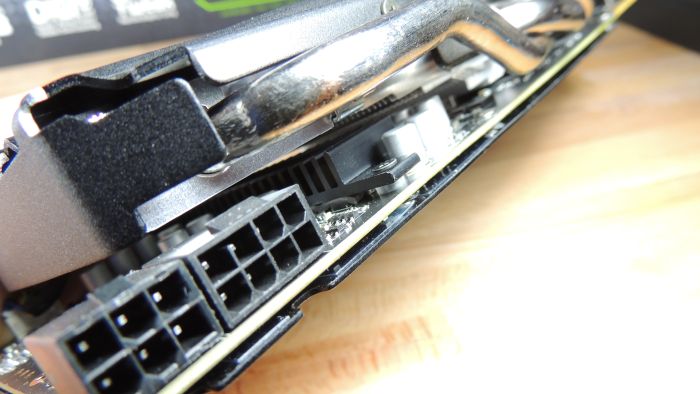Associate
- Joined
- 3 Mar 2014
- Posts
- 12
Hi, I have half a dozen ASUS GTX 780 Ti DirectCU II cards and I'm running them stressed 0-24h with a very conservative GPU temp target of 65°C without overclock. But lately I noticed that GPU-Z reports that even at that GPU temp the average Voltage Regulation Module temperatures are hovering over 90°C. Speeding up the fans doesn't have any effect on the VRM temperatures so I guess the heatsinks are not in touch with the VRM's. Based on this site that VRM temperature would kill the cards in 2-3 years on average but I plan on using them much longer, besides I'm not comfortable with those temperatures anyway. The cards are very far from each other (1m PCI-E extenders) sitting on a frame so airflow is not the issue.
I contacted Asus and asked if there was anything I could do to reduce the temperature without voiding the warranty and they said no.
So now I'm willing to void the warranty and do whatever you good people suggest me to do to bring down the temps by at least 20 °C.
I contacted Asus and asked if there was anything I could do to reduce the temperature without voiding the warranty and they said no.
So now I'm willing to void the warranty and do whatever you good people suggest me to do to bring down the temps by at least 20 °C.










